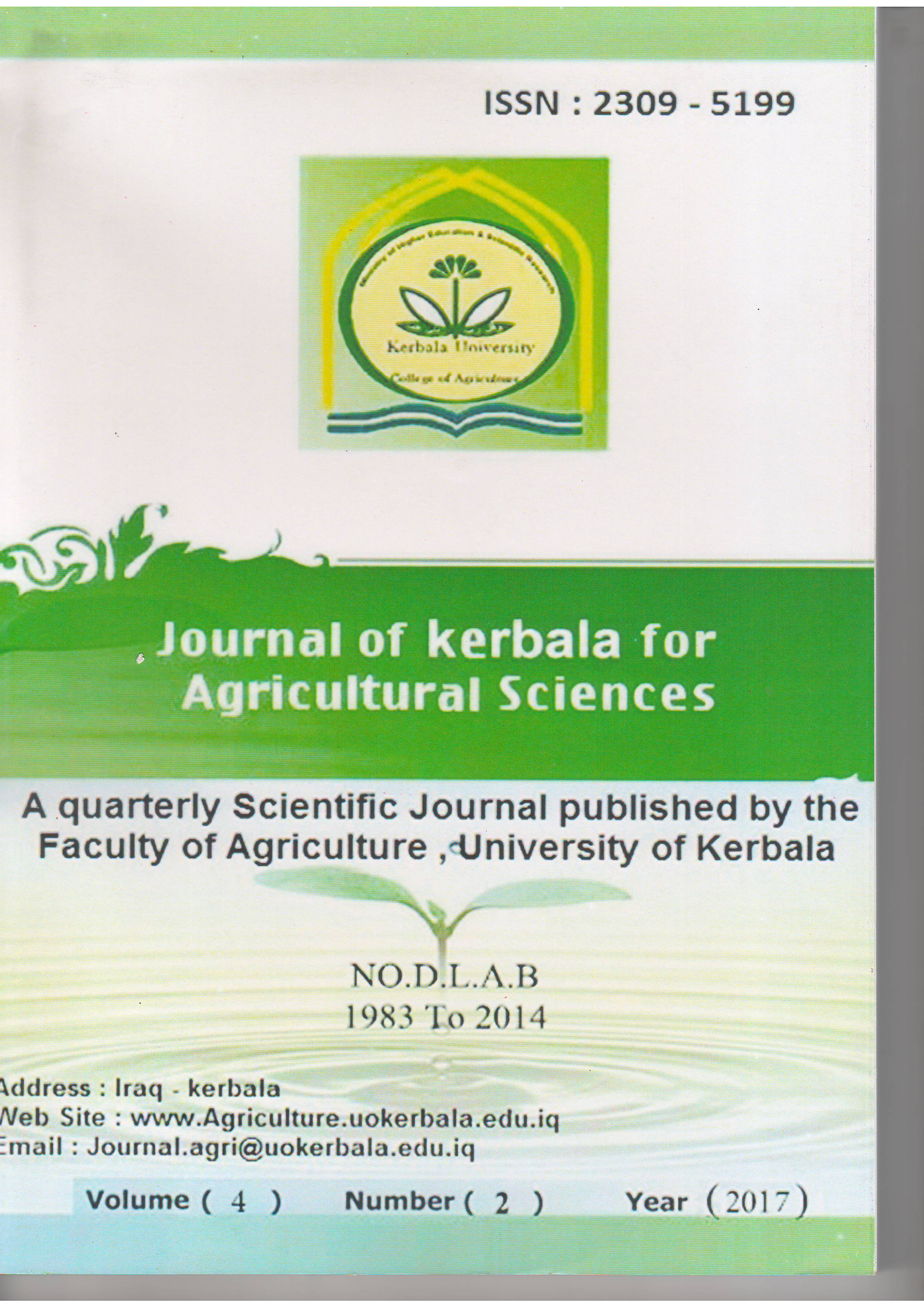Effect of the adding of the different Levels of selenium inorganic to the diet in productive and physiological performance of Ross 308 broilers
DOI:
https://doi.org/10.59658/jkas.v4i2.181Keywords:
food additives , chicken meat , metal elements , seleno enzymeAbstract
The research was conducted to investigate the effect of different levels of inorganic selenium on the some productive and physiological traits of broilers .A total number of 400 one day old chicks (ross-308) were used in the experiments . chicks were randomly allocated in to 4 treatments, the First treatment fed an ordinary diet (control) , the second treatment Fed on a diet contained 20 mg / k100 kg selenium, the third treatment fed a diet contained 30 mg / 100 kg selenium and the fourth treatment 40 kg/ 100kg selenium, the experiment lasted 42 days . Results showed a significant effect (P<0.05) of selenium on body weights, the 4 th treatment surpassed on other treatments during the 6 th week as well as this treatment surpasses on other treatments in regard to the weight gains feed consumption was higher in treatments of selenium as compared with the control. No significant differences were noted in accumulative feed conversion rate (1-6 week) the fourth treatment surpassed on the second one as well as G.O.T and G.P.T enzymes during the 6th week.
Downloads
Published
How to Cite
Issue
Section
License
Copyright (c) 2017 Copyright (c) 2024 is the Author's article. Published by the Journal of Kerbala for Agricultural Sciences under a CC BY 4.0 license

This work is licensed under a Creative Commons Attribution 4.0 International License.
Licensing Terms
All articles are published under a Creative Commons License and will be directed to the Creative Commons Attribution 4.0 International License (CC BY 4.0) That permits use, distribution, and reproduction in any medium, provided the original work is properly cited. This license also allows the work to be used for commercial purposes.
Use by both non-commercial and commercial users
This content is licensed under a Creative Commons Attribution 4.0 International (CC BY 4.0) license, permitting use by both non-commercial and commercial users. Individual users may access, download, copy, display, and redistribute the articles to colleagues, as well as adapt, translate, and text- and data-mine the content, subject to the following conditions:
- The author's moral rights, including the right of attribution and the right to protect their work from derogatory treatment, are respected.
- Where content in the article is identified as belonging to a third party, users must ensure that any reuse complies with the copyright policies of the owner of that content.
- If the article content is reused for research or educational purposes, users should maintain a link to the appropriate bibliographic citation, including the DOI and a link to the published version on the journal's website.

